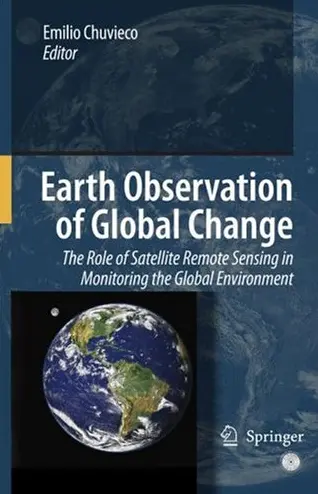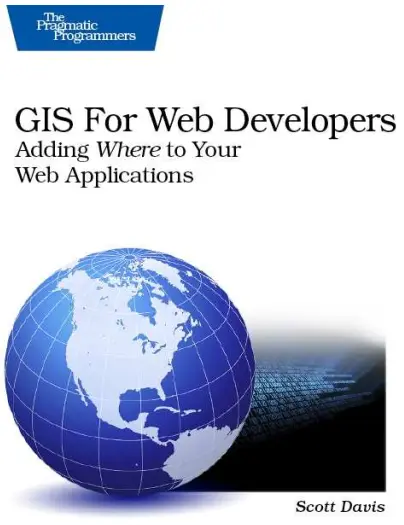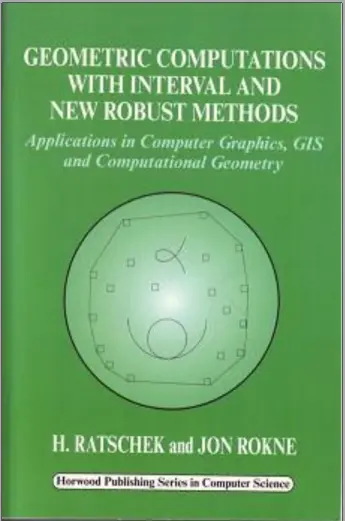A PRIMER OF GIS - FUNDAMENTAL GEOGRAPHIC AND CARTOGRAPHIC CONCEPTS
📘 A Primer of GIS – Fundamental Geographic and Cartographic Concepts
“A Primer of GIS – Fundamental Geographic and Cartographic Concepts” is a foundational textbook that introduces the essential ideas behind Geographic Information Systems. It lays out the building blocks of spatial thinking, data structures, and cartographic design — offering a well-balanced blend of theory and visual clarity.
The book walks through key concepts like spatial data types, projections and coordinate systems, topology, thematic mapping, symbolization, data accuracy, and map communication. It also emphasizes how to think critically about maps — not just how to make them, but how to design them meaningfully.
This book is ideal for:
- 🎓 Students beginning their journey in GIS or geography
- 🗺️ Educators building foundational spatial literacy
- 📐 Professionals brushing up on core GIS/cartographic theory
- 📚 Anyone who wants to understand maps beyond just aesthetics
Whether you're labeling your first map or debugging a projection mismatch, this primer helps you grasp both the geographic logic and cartographic beauty behind every GIS project.
Keywords: GIS Fundamentals, Cartographic Concepts, Spatial Data Types, Coordinate Systems, Map Design, Topology in GIS, Geographic Theory, Intro to GIS







comments
Leave a Reply
Your email address will not be published. Required fields are marked *